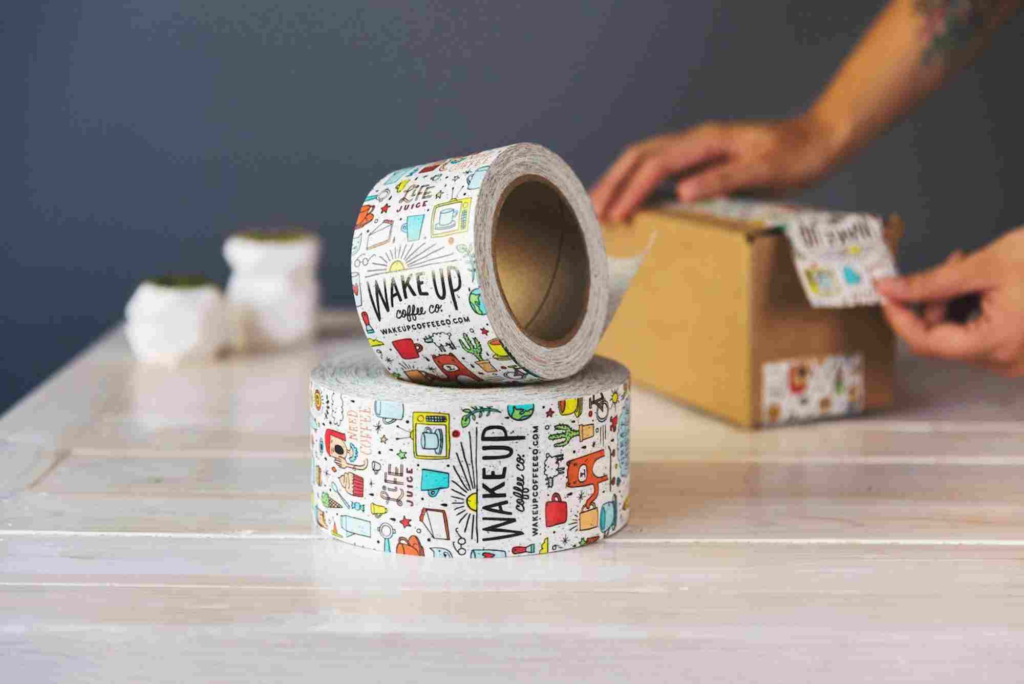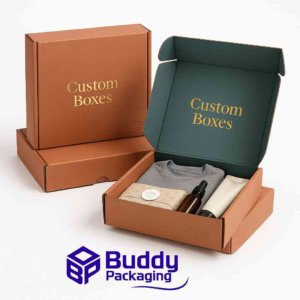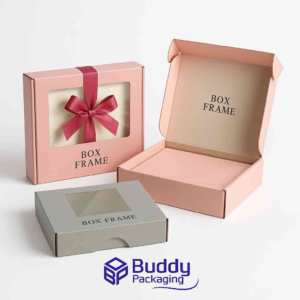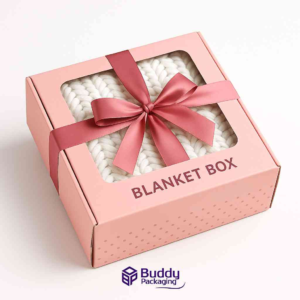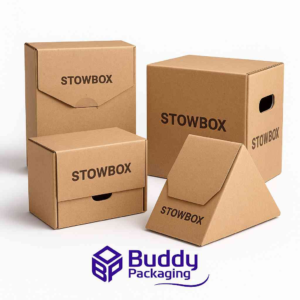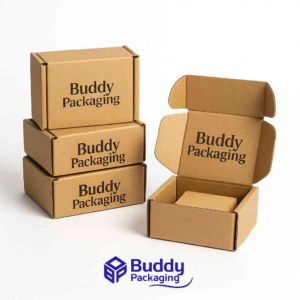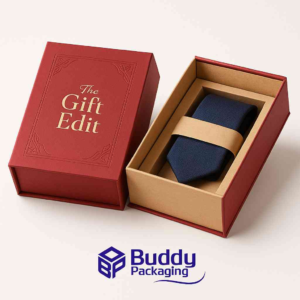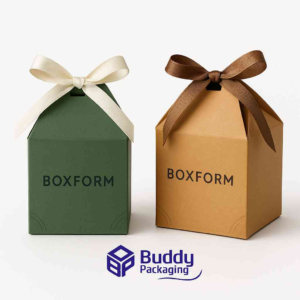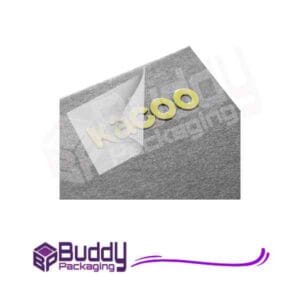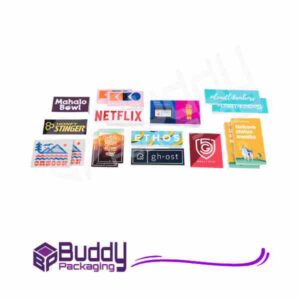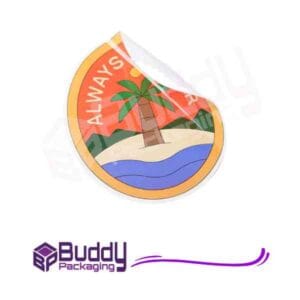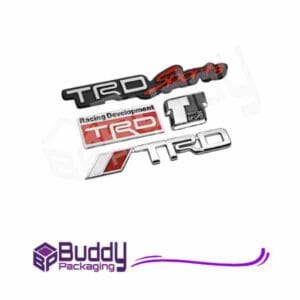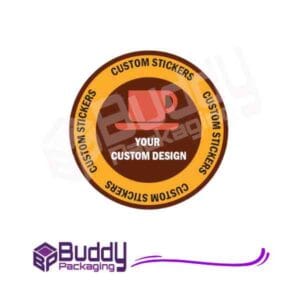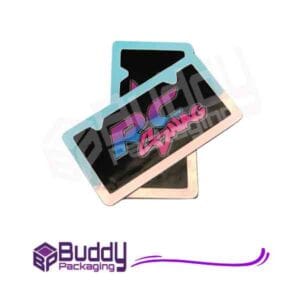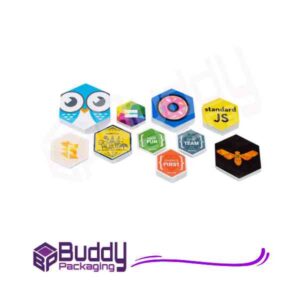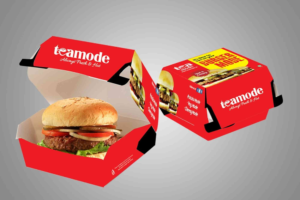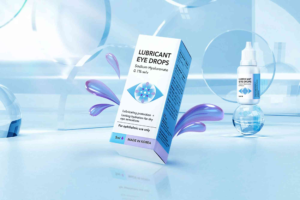Packaging Design for Small Business: Boosting Brand Identity and Sales
Packaging is more than just a protective cover for products. For small businesses, it serves as a silent salesman, attracting customers and communicating brand values instantly. In a competitive market, the right packaging can significantly influence buying decisions. Understanding the principles of packaging design for small business can transform a simple product into a memorable brand experience.
The Importance of Packaging Design for Small Business
A small business often faces challenges such as limited marketing budgets and stiff competition from established brands. Strategic packaging design helps level the playing field by making products visually appealing, functional, and aligned with the brand message. Well-executed packaging can enhance perceived value, encourage repeat purchases, and foster brand loyalty.
Branding Through Packaging
Packaging is a reflection of a business’s identity. Elements such as colours, typography, and materials convey brand personality. For instance, eco-friendly packaging signals environmental consciousness, while minimalistic designs suggest sophistication. When customers recognise and connect with packaging, it strengthens brand recall.
First Impressions Matter
In retail environments or online marketplaces, packaging often determines whether a product gets noticed. Attractive packaging can make a small business appear more professional and trustworthy. Studies show that customers are more likely to choose products with visually appealing packaging, even if they are unfamiliar with the brand.
Enhancing Product Protection and Functionality
While aesthetics are crucial, functionality cannot be overlooked. Packaging must protect the product during transit, storage, and handling. Well-designed packaging considers ease of use, durability, and customer convenience. A thoughtful design can reduce returns, complaints, and damage-related losses.
Key Elements of Effective Packaging Design
Successful packaging blends creativity with practicality. Understanding key design elements ensures that packaging not only looks good but also serves business goals.
Colour and Typography
Colours evoke emotions and can influence purchasing decisions. Bright and vibrant colours attract attention, while muted tones suggest elegance. Typography should complement the brand identity and be legible across different sizes. Together, colour and font create a cohesive visual language.
Material Selection
Choosing the right material is crucial for both functionality and sustainability. Cardboard, biodegradable plastics, glass, and metal are common options. Small businesses can leverage eco-friendly materials to appeal to environmentally conscious consumers. Material choice also affects the product’s perceived quality.
Shape and Structure
Innovative shapes and structural designs can make products stand out on crowded shelves. Unique packaging shapes create a memorable unboxing experience and reinforce brand identity. However, practicality should guide design choices to ensure ease of transport and storage.
Graphics and Imagery
Graphics, patterns, and imagery communicate the brand story. A compelling visual narrative can differentiate a product from competitors. High-quality images and illustrations elevate packaging appeal and help customers understand the product quickly. For creative ideas, small businesses can explore packaging design inspiration.
Labeling and Messaging
Clear, concise, and informative labels are essential. Customers should easily identify the product, ingredients, usage instructions, and brand information. Clever messaging can enhance engagement and provide a reason to purchase, reinforcing the brand voice effectively.
Strategies for Small Business Packaging
Small businesses often face budget constraints but can still create impactful packaging through smart strategies.
Focus on Core Branding
Rather than overcomplicating design, focus on core branding elements such as logo, brand colours, and tagline. Consistency across products builds recognition and trust, helping a small business establish a strong visual presence.
Start Small, Scale Gradually
It’s wise to start with a limited product line or basic packaging concepts and expand as the business grows. Iterative improvements based on customer feedback allow small businesses to optimise packaging cost-effectively.
Personalisation and Customisation
Personalised packaging creates an emotional connection with customers. Incorporating names, messages, or unique designs can turn a simple product into a memorable experience. For tailored solutions, businesses can leverage Custom Packaging providers to create packages that reflect their brand personality.
Consider Sustainability
Sustainable packaging is no longer optional; it’s expected. Consumers are increasingly conscious of environmental impact. Small businesses can adopt recyclable, compostable, or reusable materials, which enhance brand reputation and appeal to eco-conscious audiences.
Leverage Online Packaging Tools
Digital tools allow businesses to experiment with design ideas, mockups, and prototypes without significant investment. Many platforms provide templates, colour palettes, and 3D previews to visualise final packaging before production.
Common Mistakes to Avoid in Packaging Design
Even experienced business owners can make errors in packaging design. Awareness helps prevent costly mistakes.
Overcomplicating the Design
Too many colours, fonts, or graphics can overwhelm customers and dilute brand messaging. Simplicity is key to ensuring clarity and elegance.
Ignoring Functionality
Aesthetics should never compromise usability. Difficult-to-open or fragile packaging frustrates customers and damages brand reputation.
Neglecting Target Audience
Understanding the target market is crucial. Packaging should align with customer preferences, cultural context, and purchasing behaviour. Market research can guide design decisions effectively.
Failing to Test Packaging
Testing is critical before full-scale production. Sampling helps identify flaws in durability, visual appeal, or usability, preventing costly returns or complaints.
Trends in Packaging Design for Small Business
Keeping up with trends helps small businesses remain relevant and competitive.
Minimalistic and Modern Designs
Minimalism emphasizes clean lines, limited colours, and uncluttered visuals. This approach conveys elegance and sophistication, appealing to premium and modern-conscious customers.
Eco-Friendly and Biodegradable Packaging
Sustainability remains a top trend. Brands adopting eco-friendly packaging build trust and attract environmentally conscious buyers.
Interactive and Experiential Packaging
Packaging that engages customers, such as foldable structures, hidden messages, or QR codes linking to digital experiences, adds value and encourages social sharing.
Bold Typography and Illustrations
Creative typography and unique illustrations can differentiate products on crowded shelves, creating a distinct brand identity.
How Packaging Design Impacts Sales
Effective packaging design directly influences sales. Customers often judge products by packaging, especially in physical retail settings or online marketplaces. Appealing packaging can increase perceived value, justify higher pricing, and drive impulse purchases. Moreover, memorable packaging encourages repeat buying and word-of-mouth referrals.
Case Study: Small Business Success
Several small businesses have leveraged smart packaging design to compete with larger brands. Through visually appealing, functional, and eco-friendly packaging, they established a loyal customer base and increased brand visibility. Customised packaging often played a pivotal role in generating repeat purchases and social media engagement.
Investing in packaging design for small business is not just a marketing tactic; it is an essential element of brand strategy. From creating a strong first impression to reinforcing brand identity and enhancing customer experience, thoughtful packaging can transform products into memorable brand assets. Small businesses that prioritise design, functionality, and sustainability gain a competitive advantage and foster long-term growth.
For businesses ready to elevate their product presentation, partnering with reliable providers ensures quality and creativity. Explore solutions like Custom Packaging to create designs that resonate with your audience. To see examples of cutting-edge packaging, browse packaging design inspiration. For local assistance and consultations, check out Buddy Packaging Location. Start your packaging transformation today. Invest in designs that captivate customers, communicate your brand, and boost your small business sales.
FAQs
What is the importance of packaging design for small business?
Packaging design attracts customers, reinforces brand identity, and increases perceived product value, impacting overall sales.
How can small businesses create impactful packaging on a budget?
Focus on core branding, start small, use online design tools, and consider Custom Packaging solutions.
What materials are best for small business packaging?
Eco-friendly options like recycled cardboard, biodegradable plastics, and reusable packaging are popular and sustainable.
How does packaging influence customer buying decisions?
Visual appeal, functionality, and brand messaging impact first impressions and encourage purchases, especially in competitive markets.
Where can I find packaging design ideas for my small business?
Websites offering packaging design inspiration showcase creative ideas suitable for small business products.

